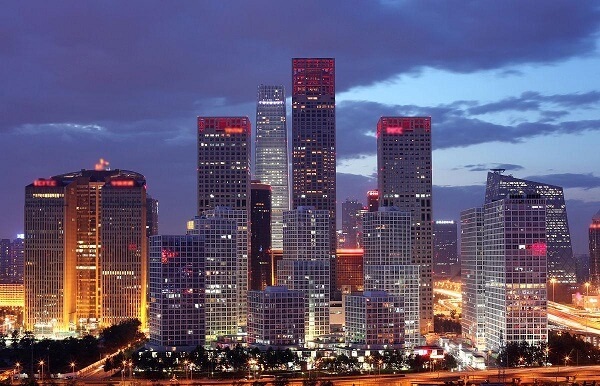In a bid to better protect citizens and tourists from the dangers of volcanic eruptions, Japan has implemented two crucial alert systems: the ‘Volcano Eruption Report’ and the ‘Volcano Eruption Warning.’ These measures are part of the country’s ongoing efforts to improve disaster preparedness following the tragic Mount Ontake eruption in 2014, which left 63 people dead or missing.
The Volcano Eruption Report
The ‘Volcano Eruption Report’ is an urgent message released by the Japan Meteorological Agency (JMA) to inform the public that a volcano has erupted. This emergency information is designed to prompt immediate action from hikers, climbers, and nearby residents to ensure their safety.
The report is a direct response to the lessons learned from the Mount Ontake disaster, where the lack of timely and accurate information contributed to the tragic outcome. Since its implementation, the ‘Volcano Eruption Report’ has become an essential tool in the country’s disaster management strategy.
When a report is issued, it is crucial for those in the affected area to act swiftly. Hikers and residents should follow the recommended evacuation routes, seek shelter, and stay informed about the latest developments through official channels.
The Volcano Eruption Warning
In addition to the ‘Volcano Eruption Report,’ the JMA also issues the ‘Volcano Eruption Warning’ when there is a forecast of volcanic phenomena that could pose a threat to human life. This warning serves as a防灾 (disaster prevention) information guide, instructing hikers, residents, and other stakeholders on the necessary actions to take.
The warning includes specific instructions and a clearly defined ‘caution area.’ This area is crucial in determining the level of alert and the corresponding actions required. If the caution area encompasses residential areas, the warning is elevated to the highest level of alert, indicating a special alert for the region.
Even when the caution area is limited to the immediate vicinity of the volcanic vent, the JMA will still issue a ‘Volcano Eruption Warning.’ This ensures that all individuals within the potential danger zone are aware of the situation and can take appropriate precautions.
The Importance of Clear Communication
The success of these alert systems hinges on clear and timely communication. The JMA uses various channels to disseminate information, including television, radio, the internet, and mobile applications. This multi-faceted approach ensures that the alerts reach a wide audience, including those in remote or mountainous areas.
Moreover, the JMA collaborates with local authorities and emergency services to ensure a coordinated response. This includes conducting regular drills and training sessions to prepare communities for potential volcanic eruptions.
The Role of Technology
Advancements in technology have also played a significant role in enhancing Japan’s volcano disaster prevention efforts. The use of satellite imagery, ground-based sensors, and advanced modeling techniques allows the JMA to monitor volcanic activity more accurately and predict potential eruptions with greater precision.
This technological edge has enabled the JMA to issue timely and accurate alerts, minimizing the risk to human life and property. The agency’s commitment to continuous improvement ensures that these systems remain effective and reliable.
Conclusion
The ‘Volcano Eruption Report’ and ‘Volcano Eruption Warning’ are vital components of Japan’s comprehensive approach to volcanic disaster prevention. By learning from past tragedies and leveraging advanced technology, the country has made significant strides in safeguarding its citizens and visitors from the dangers of volcanic eruptions.
As Japan continues to face the challenges posed by its geologically active landscape, these alert systems will remain a cornerstone of its disaster management strategy, providing a lifeline for those living and traveling in volcanic regions.
Views: 0
